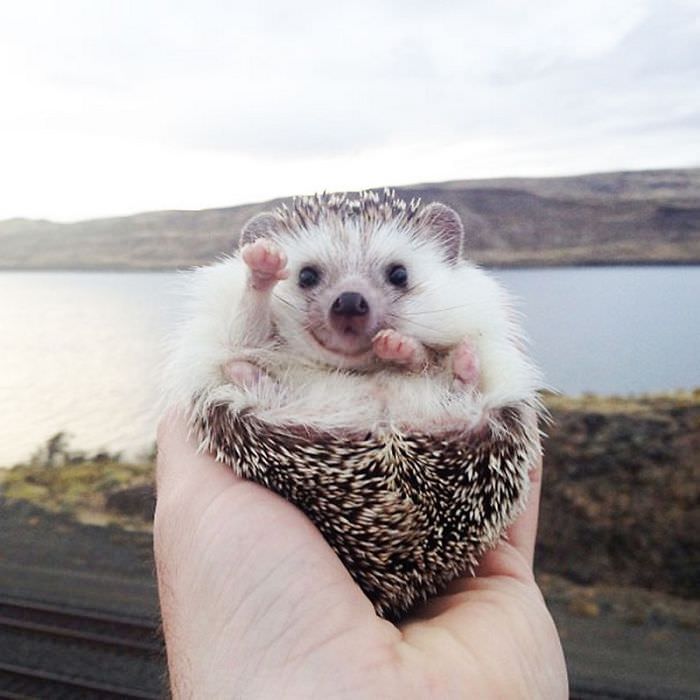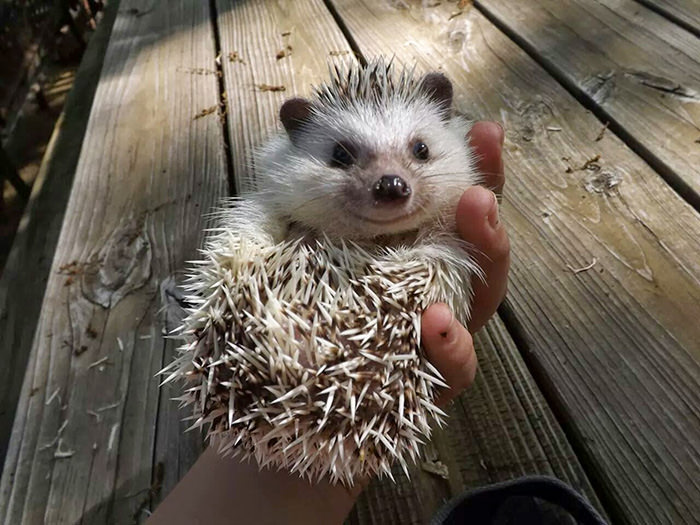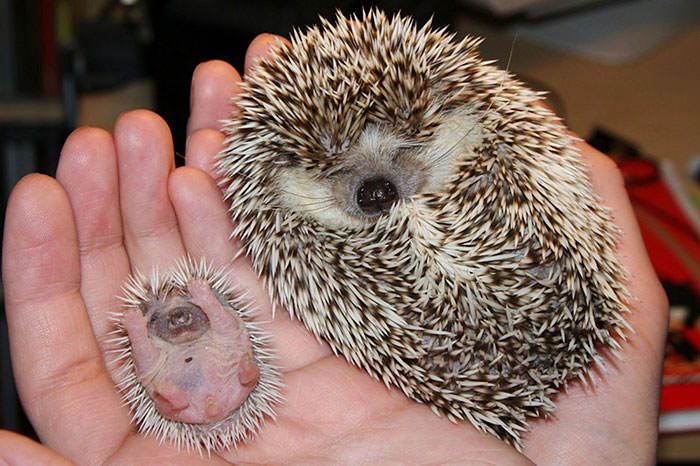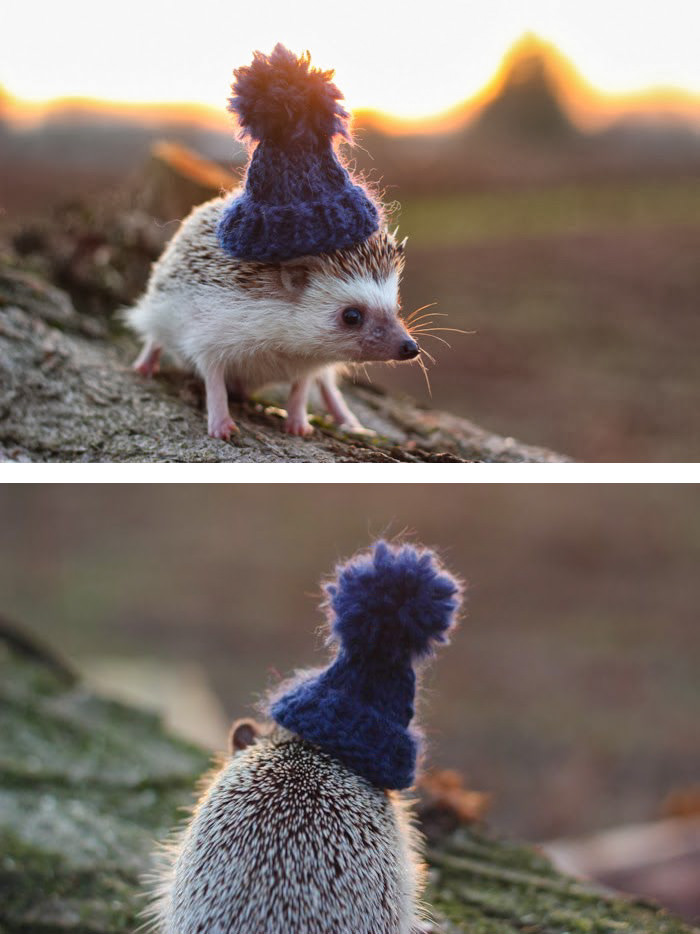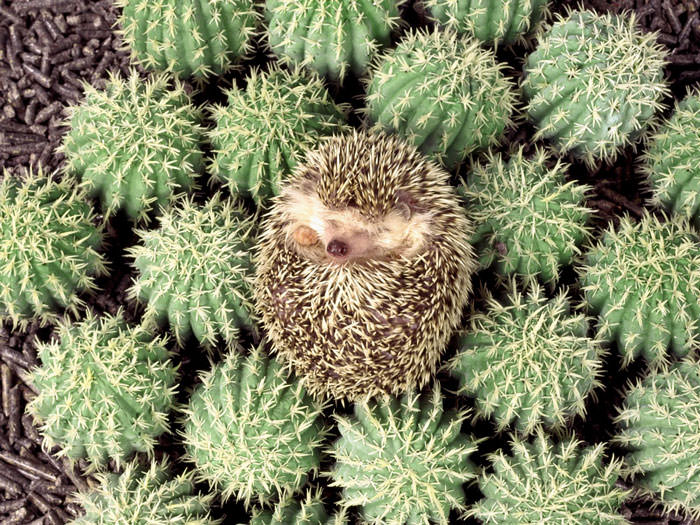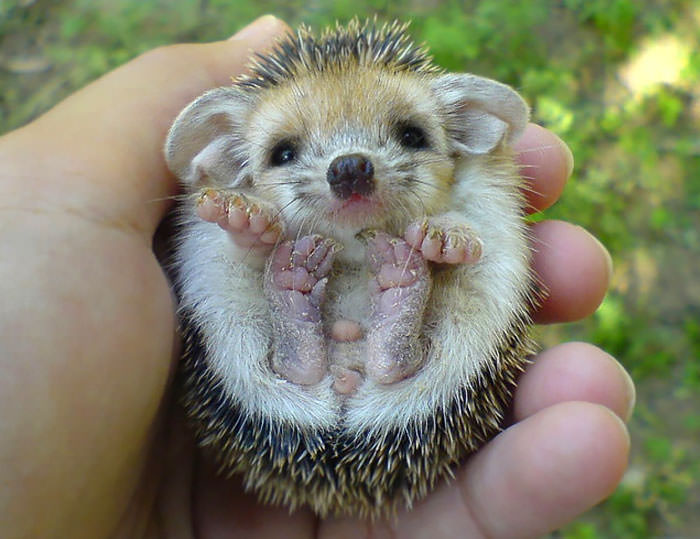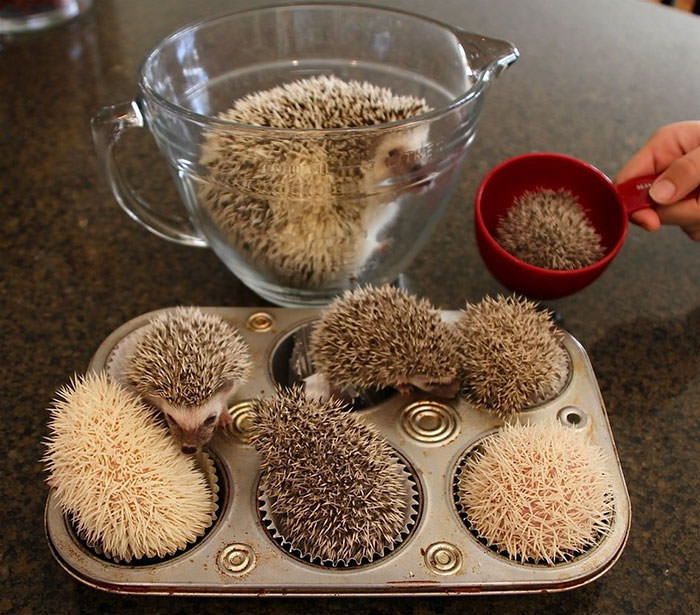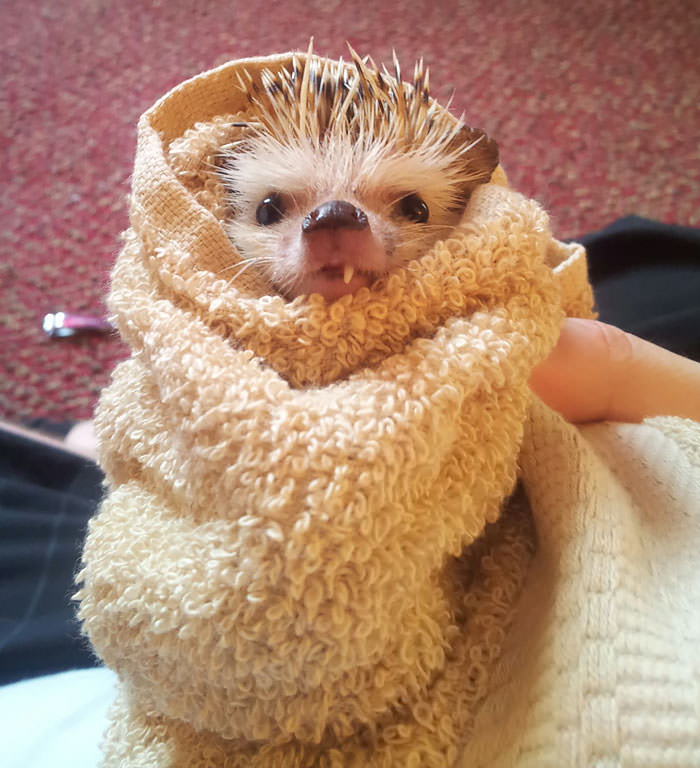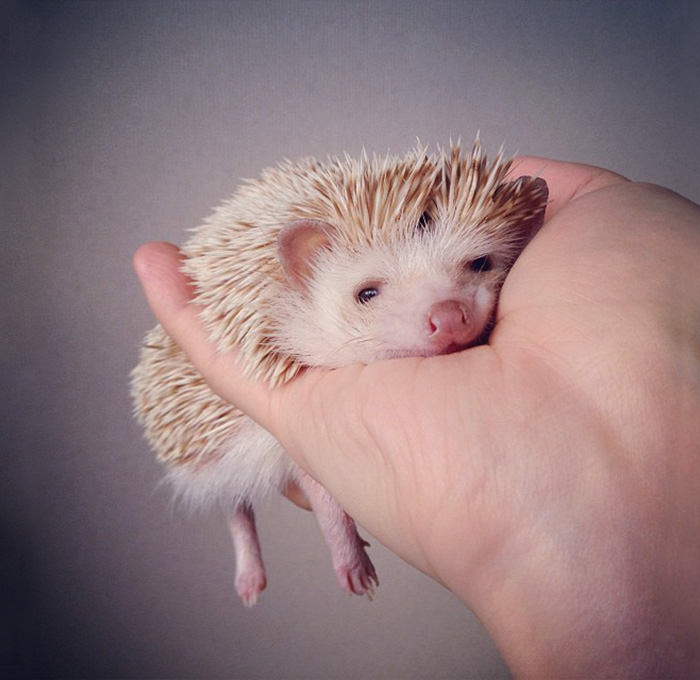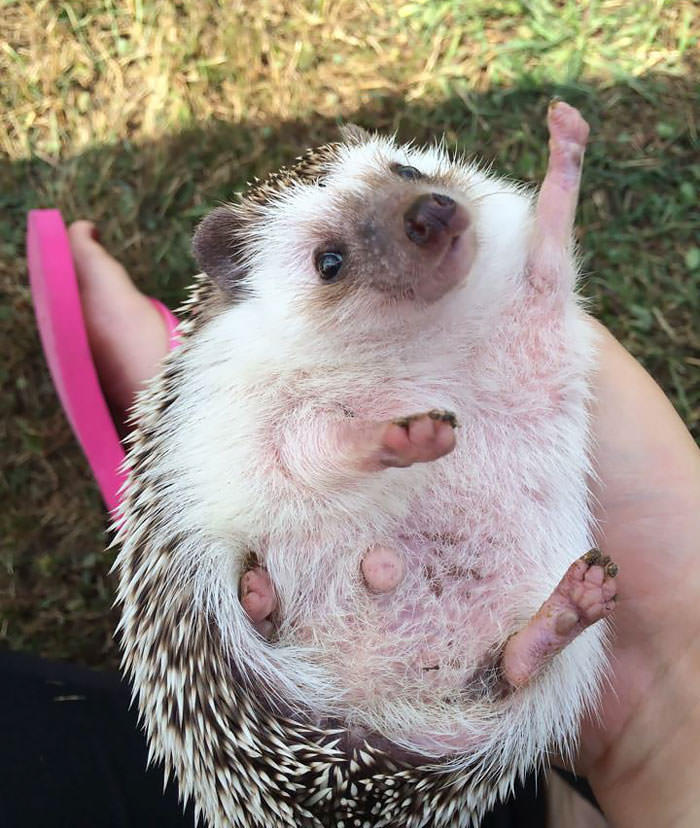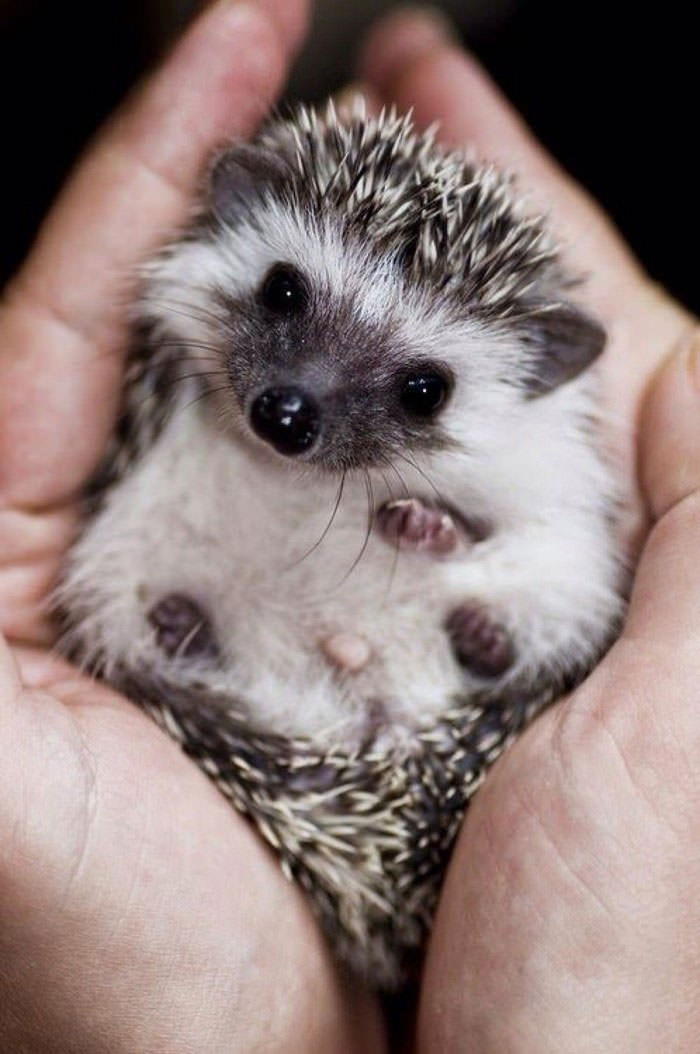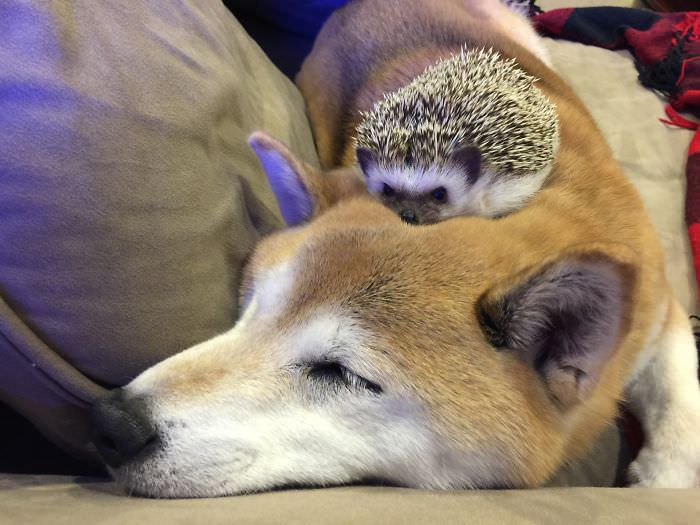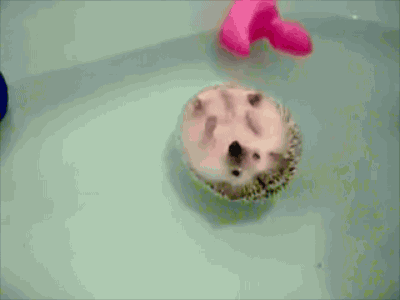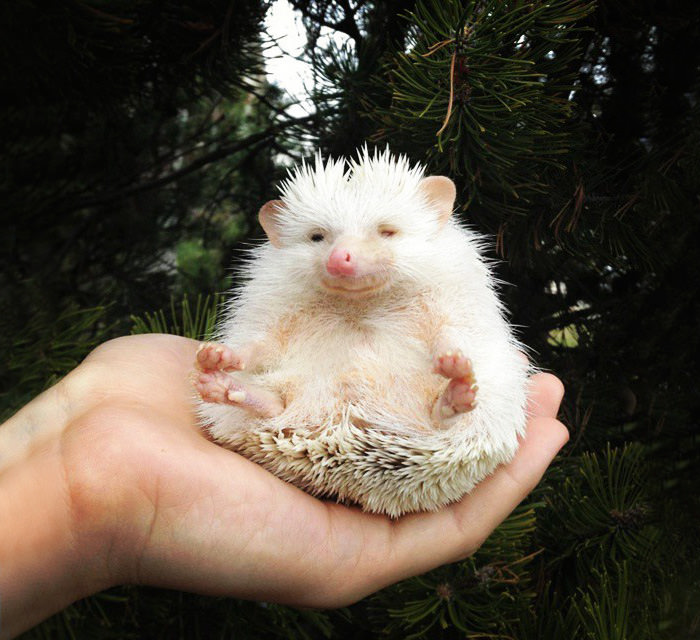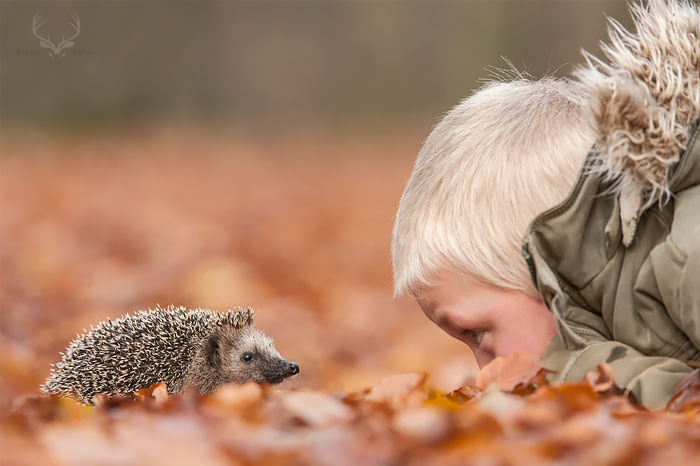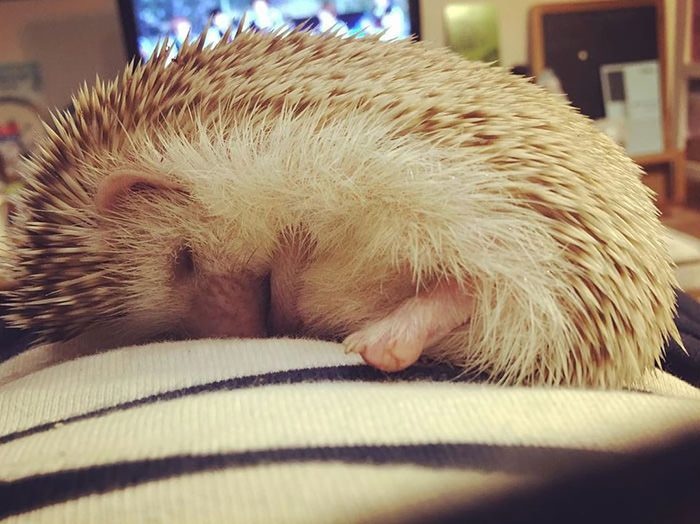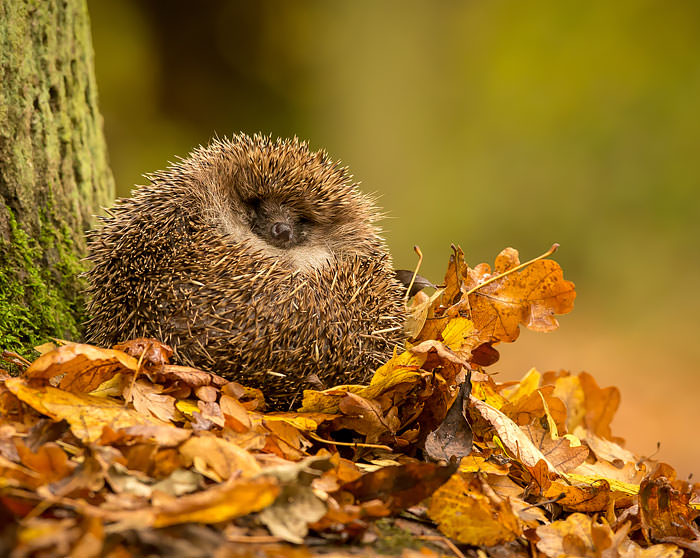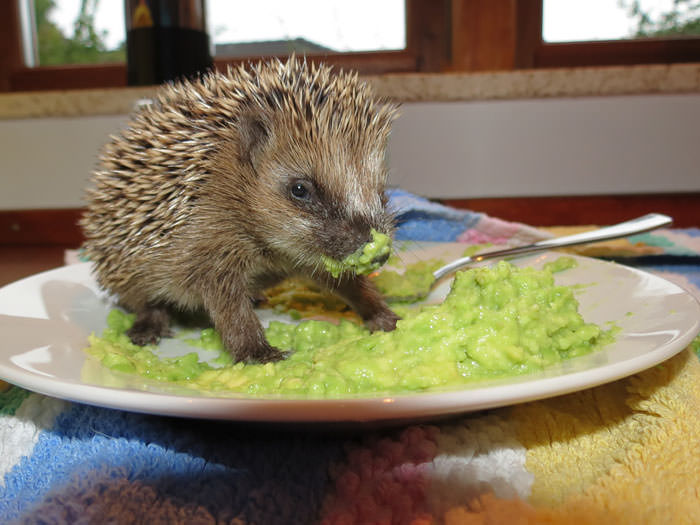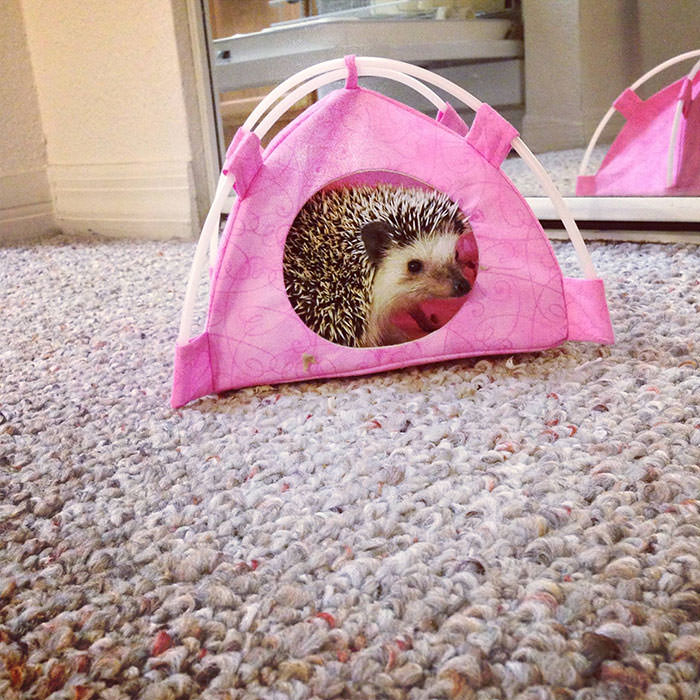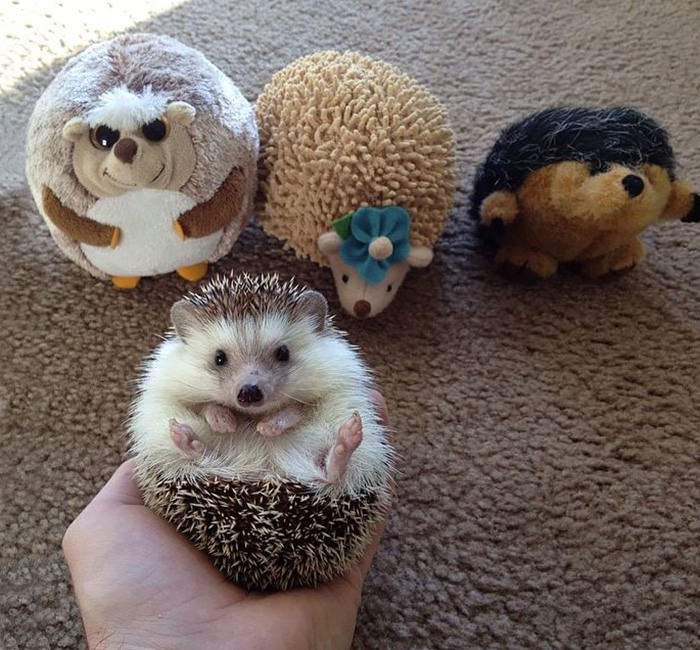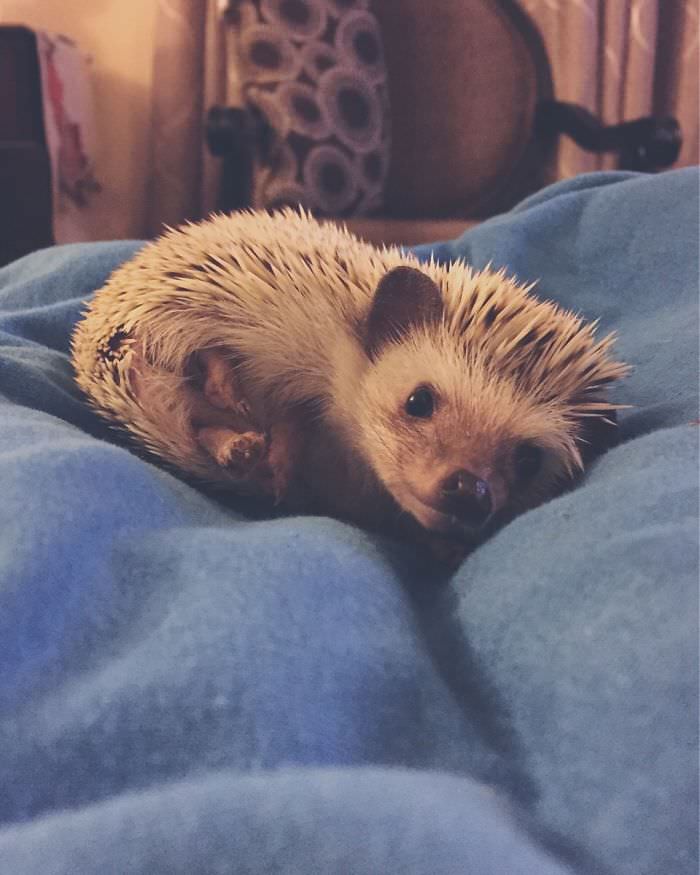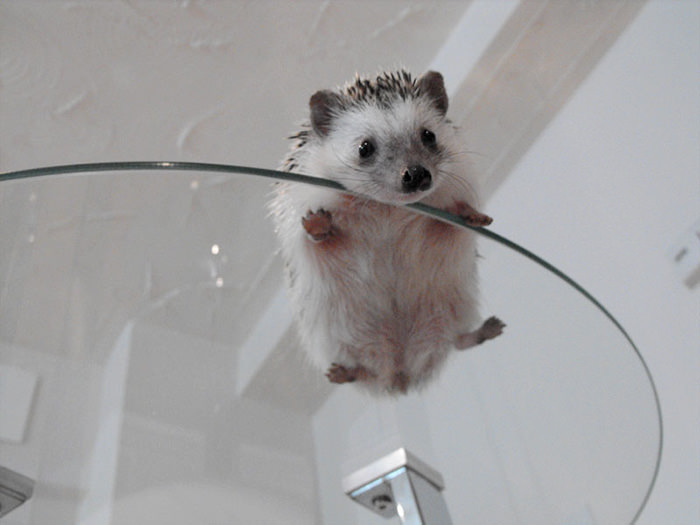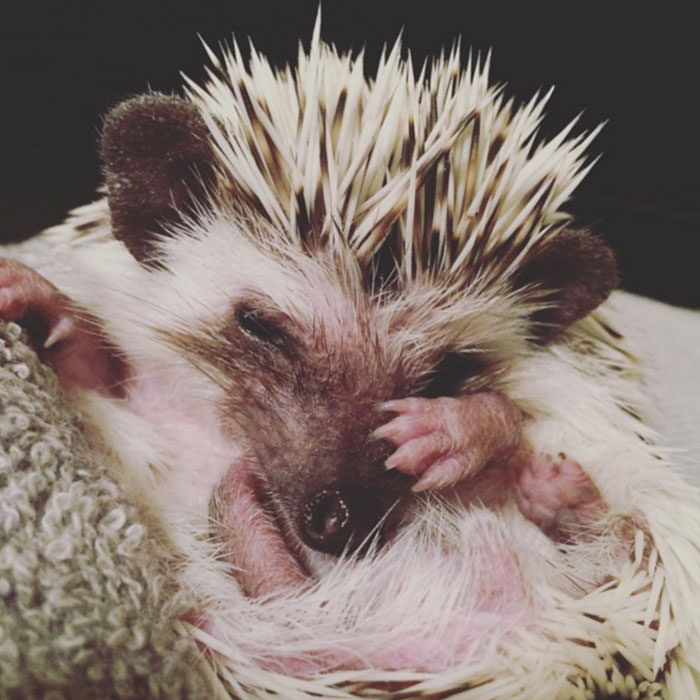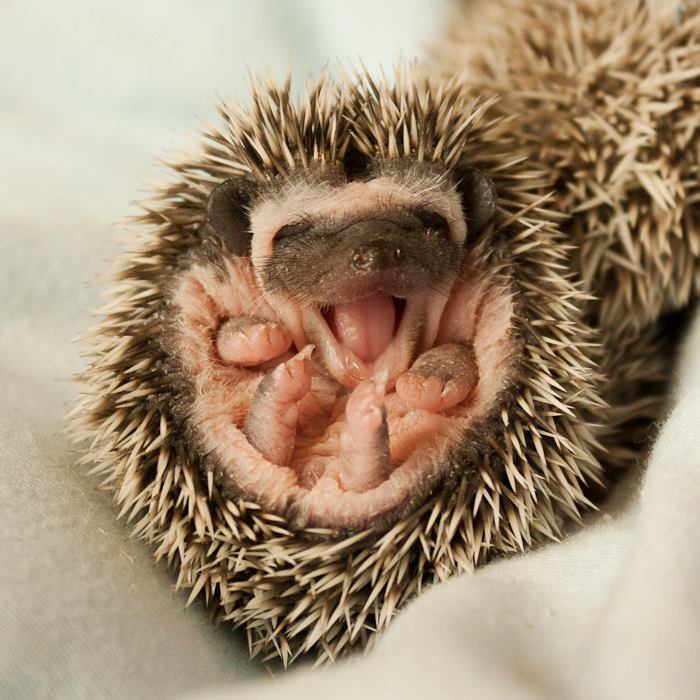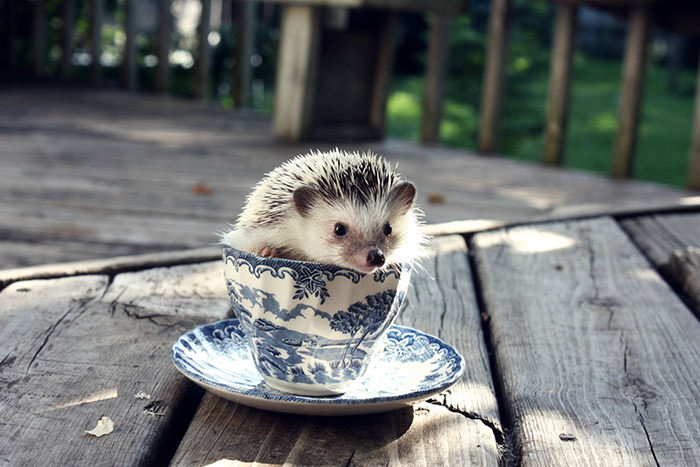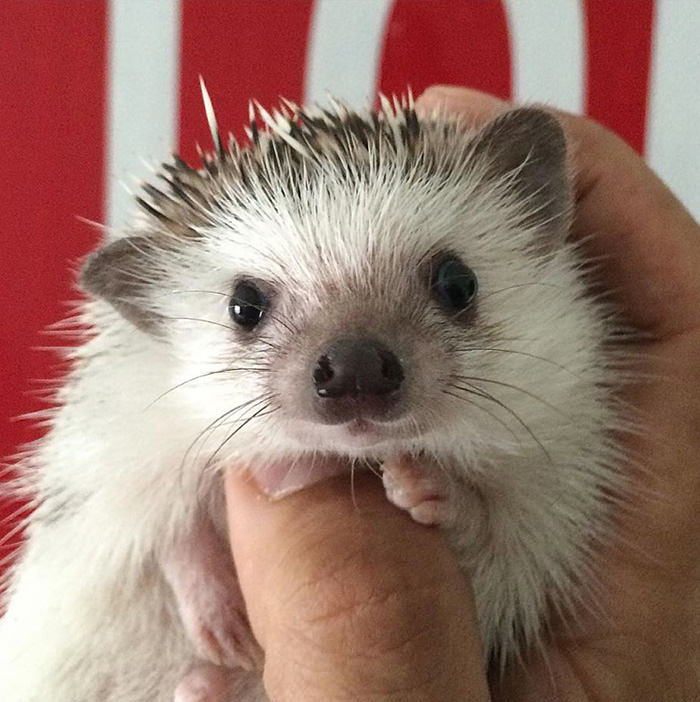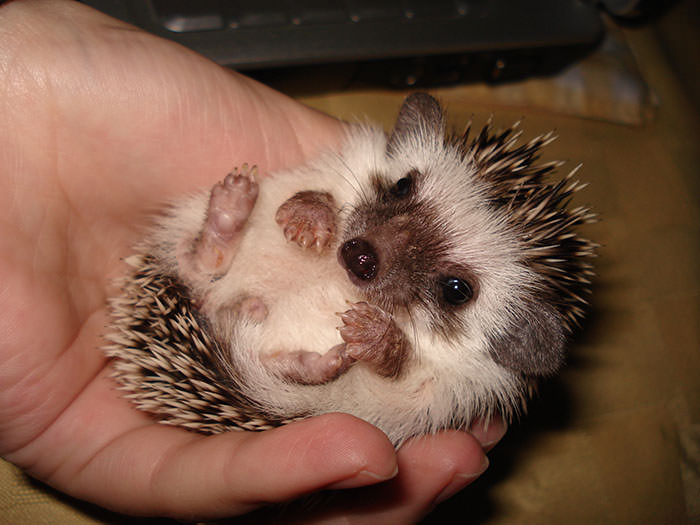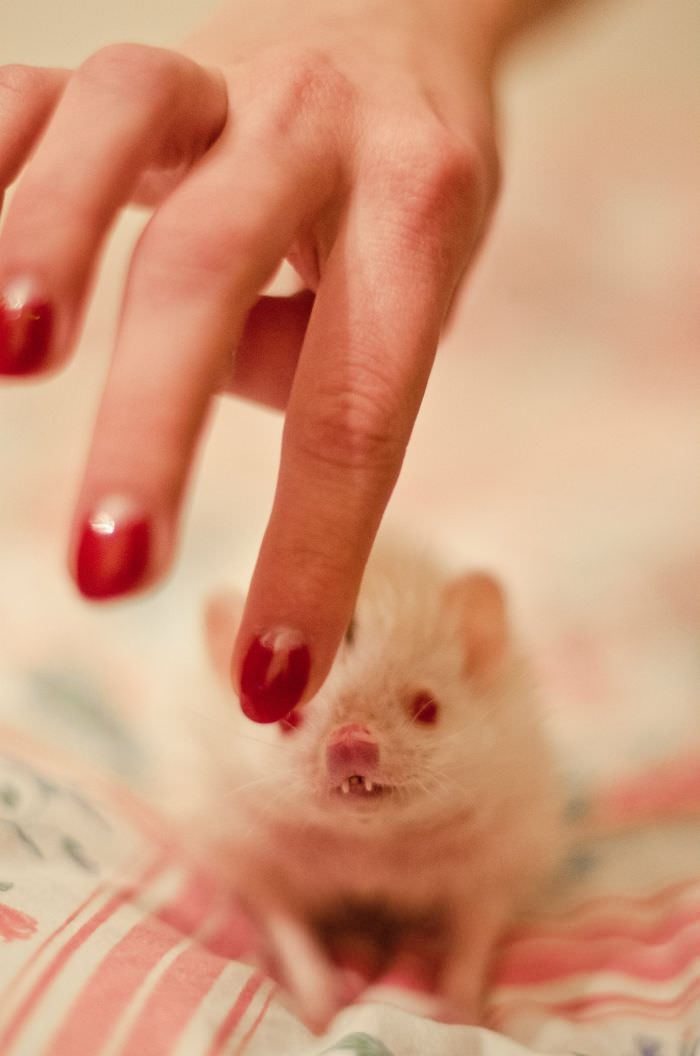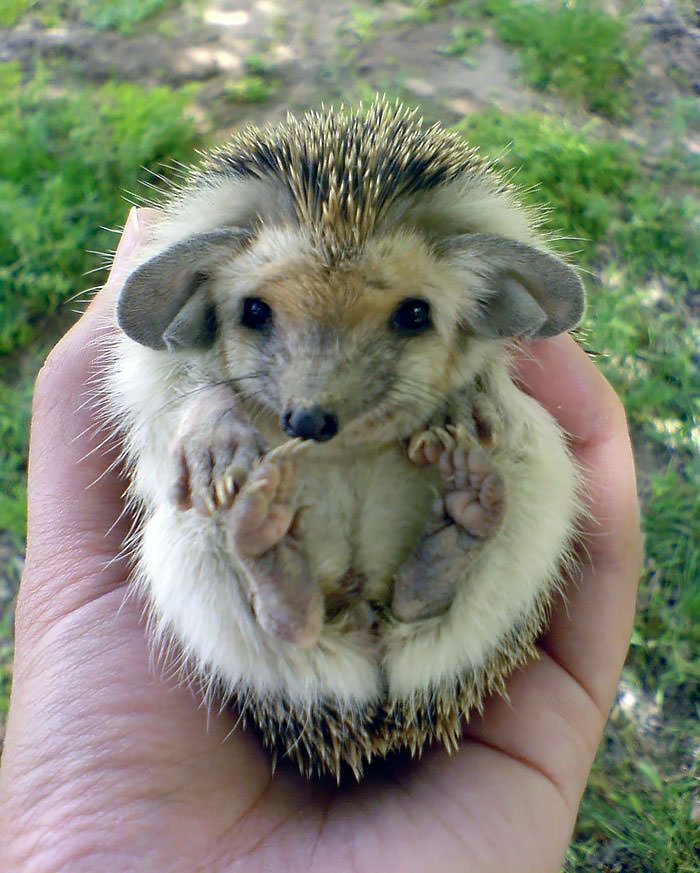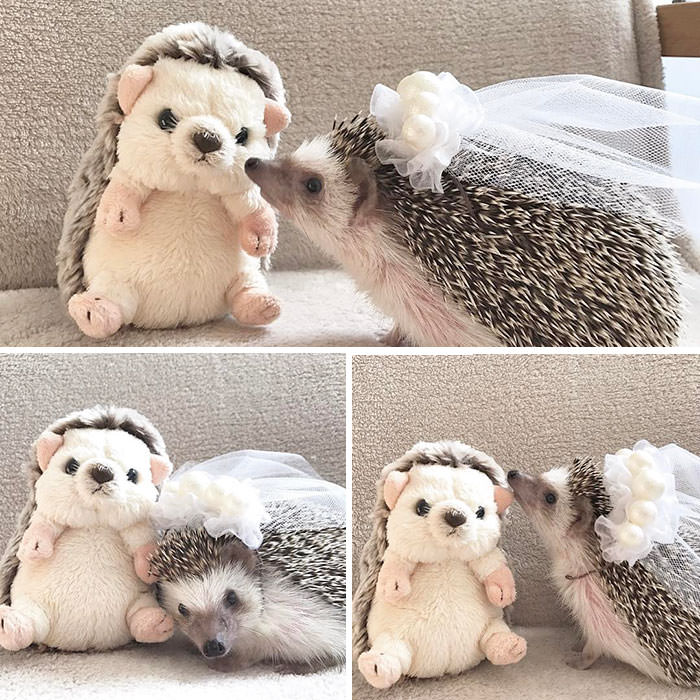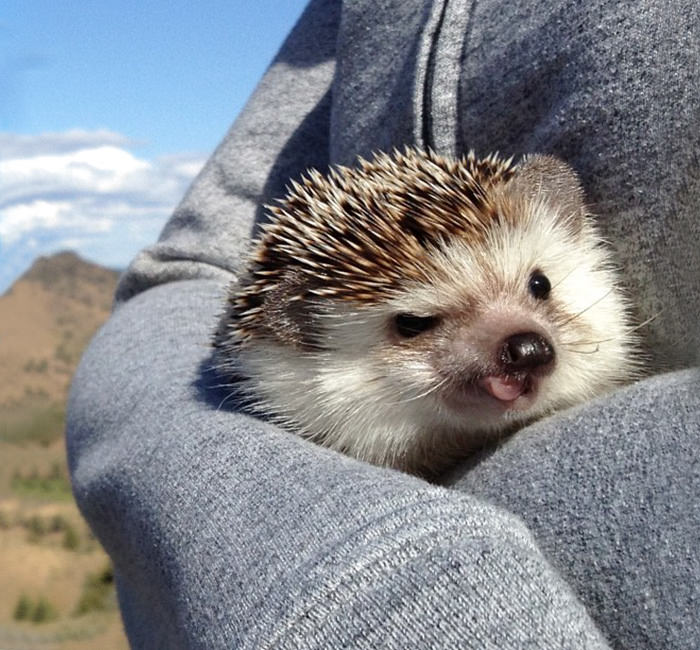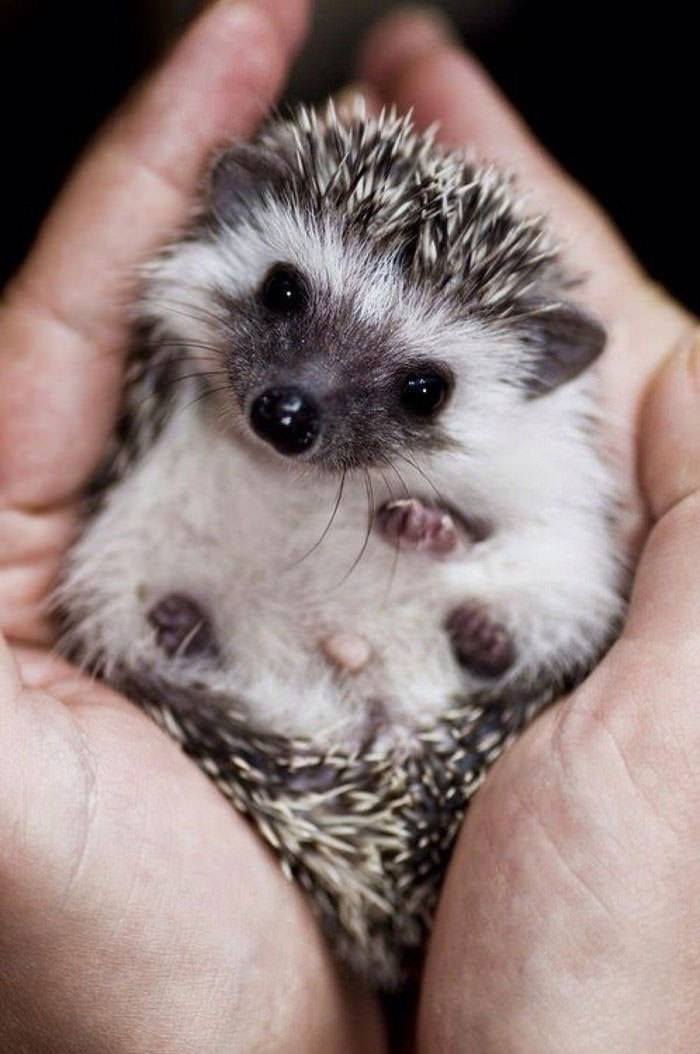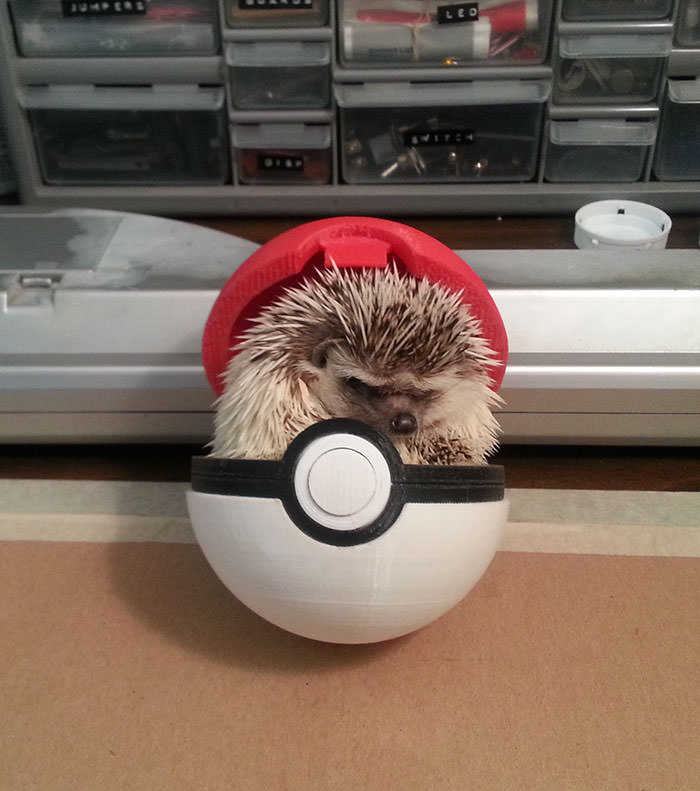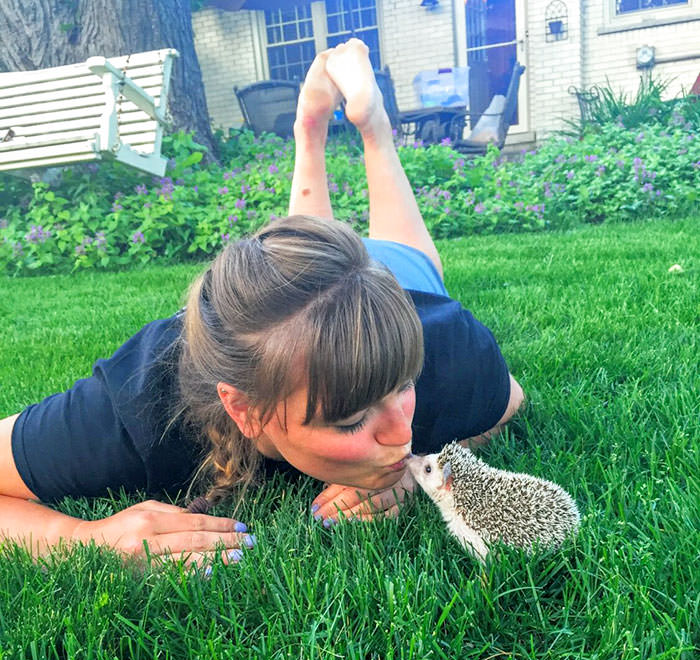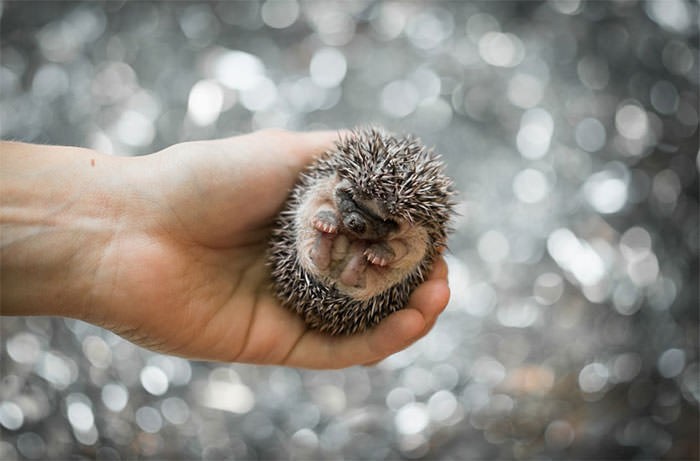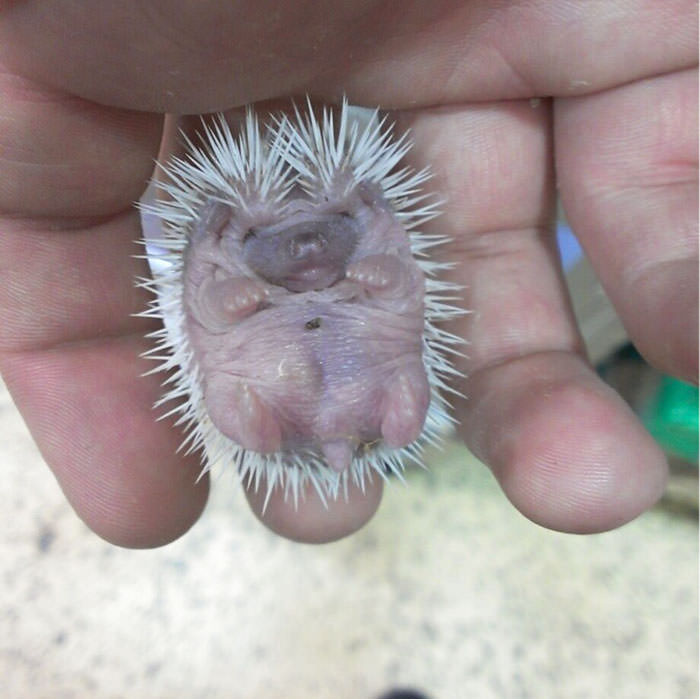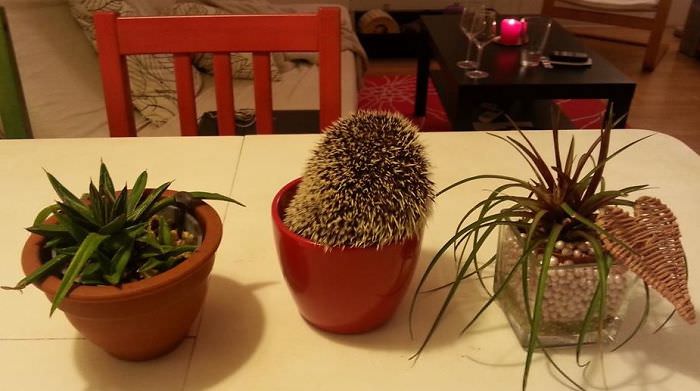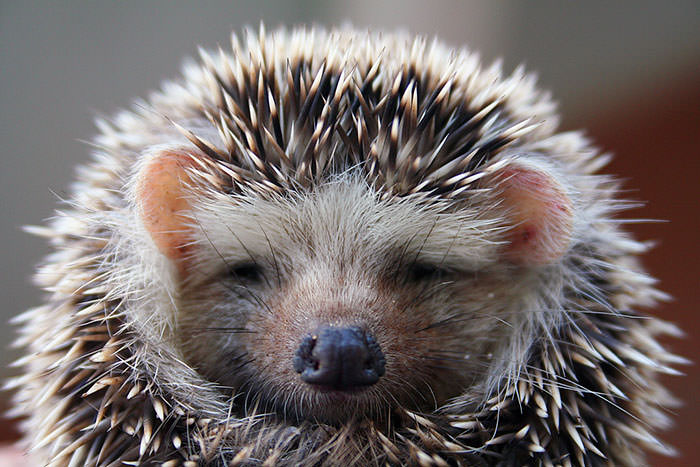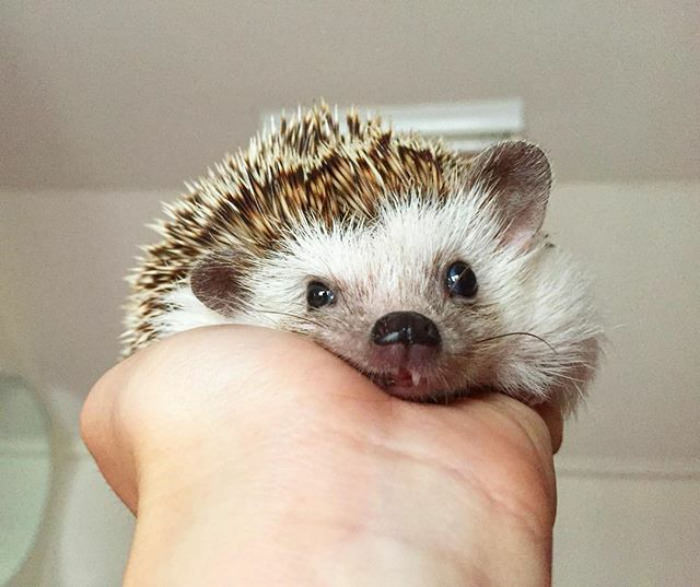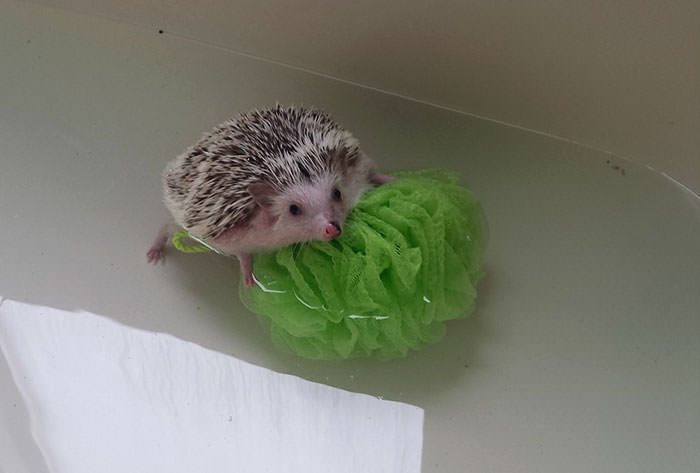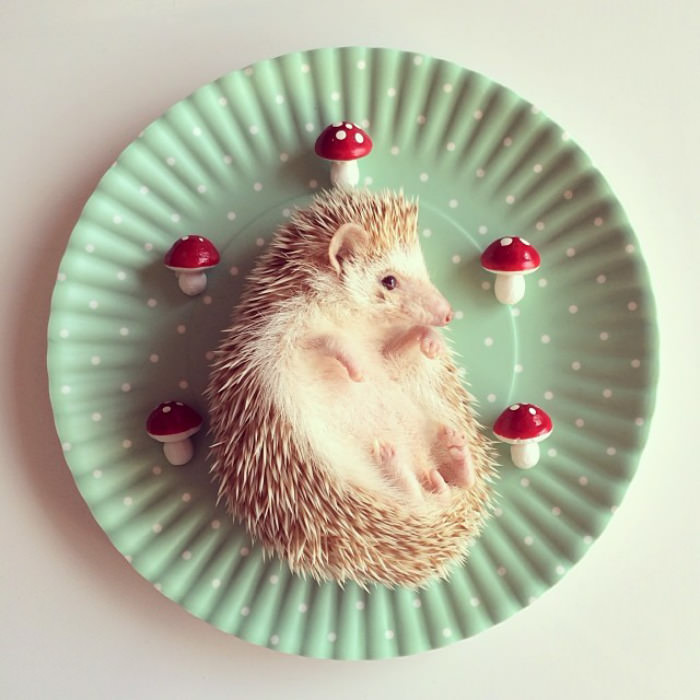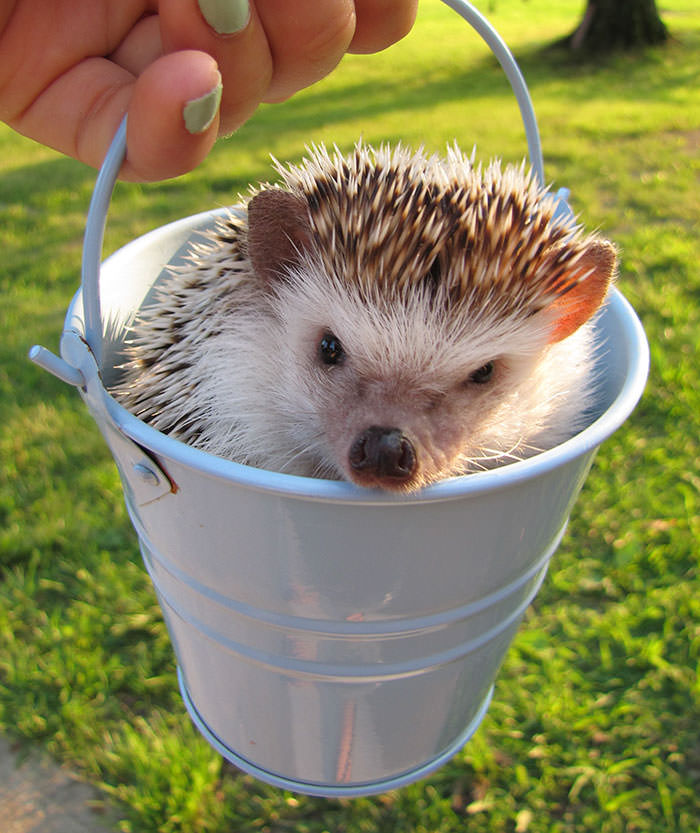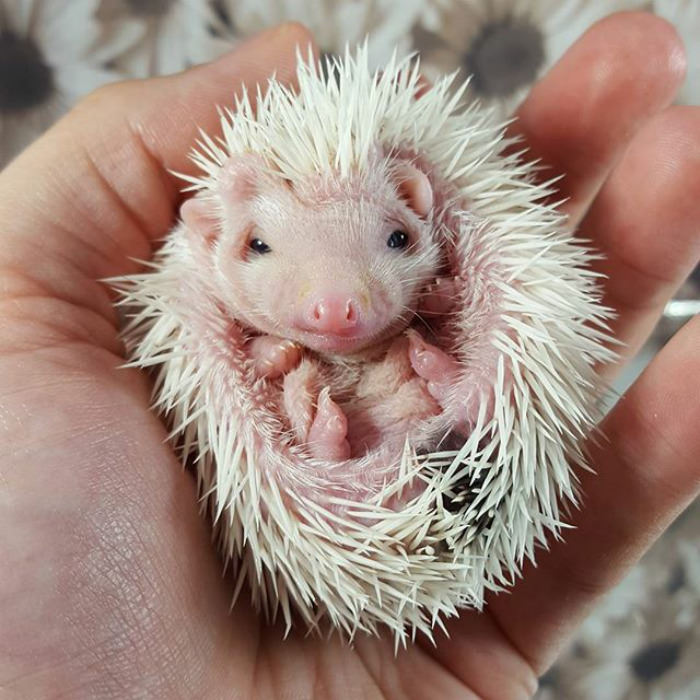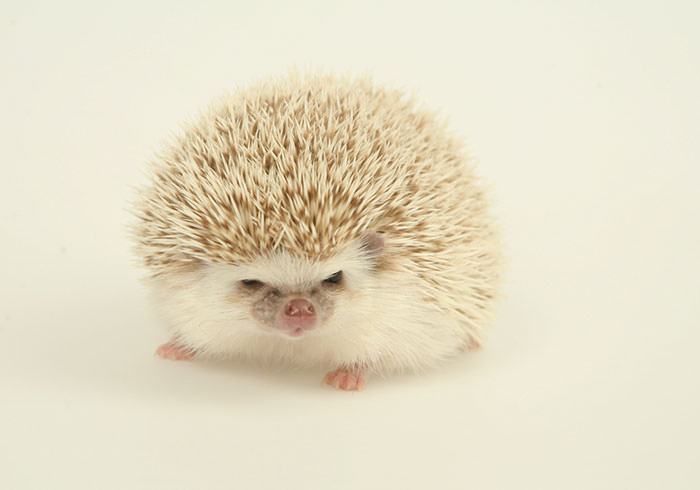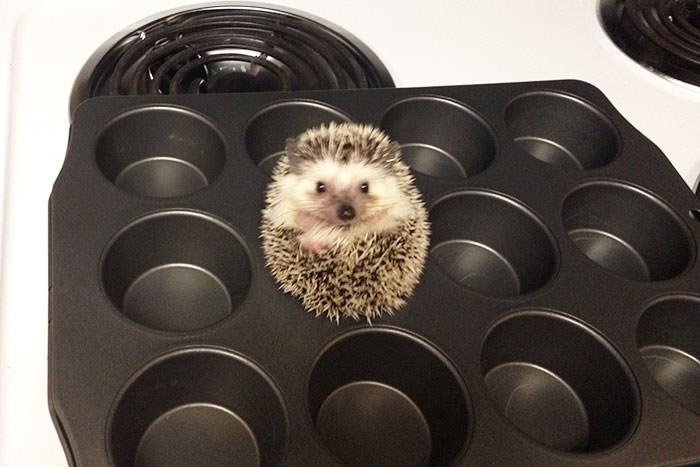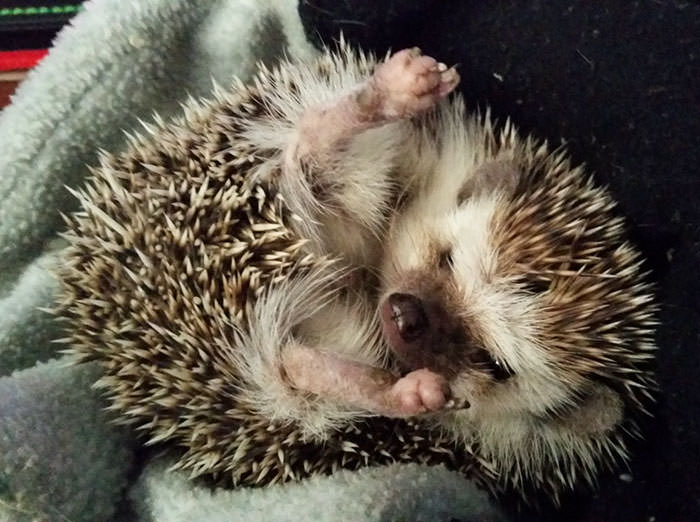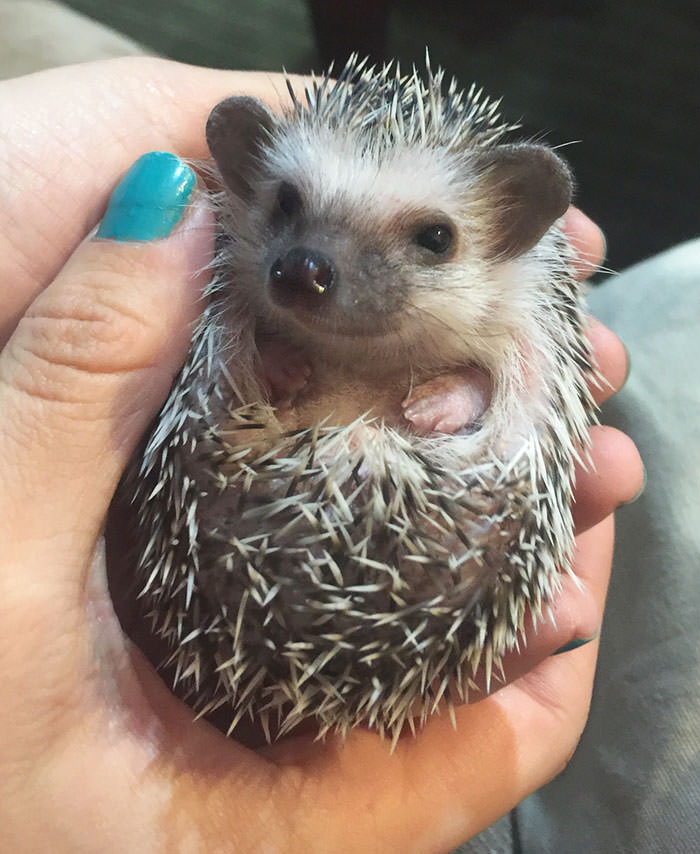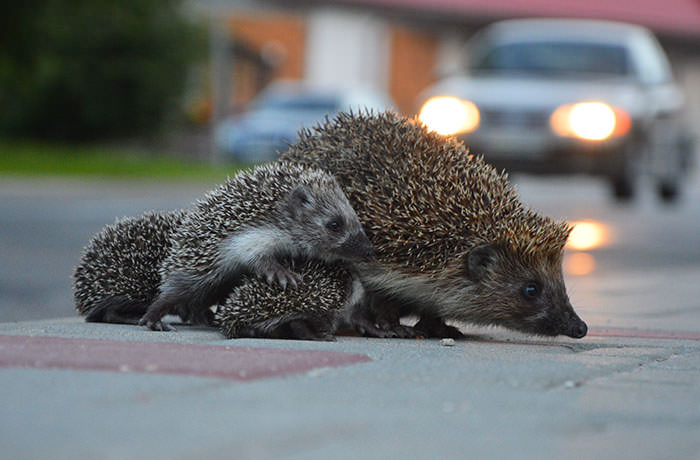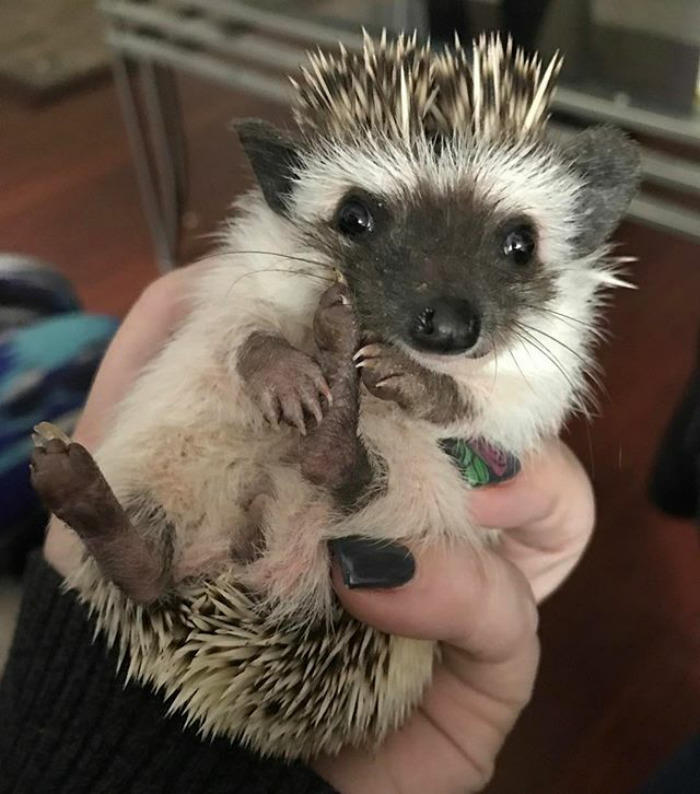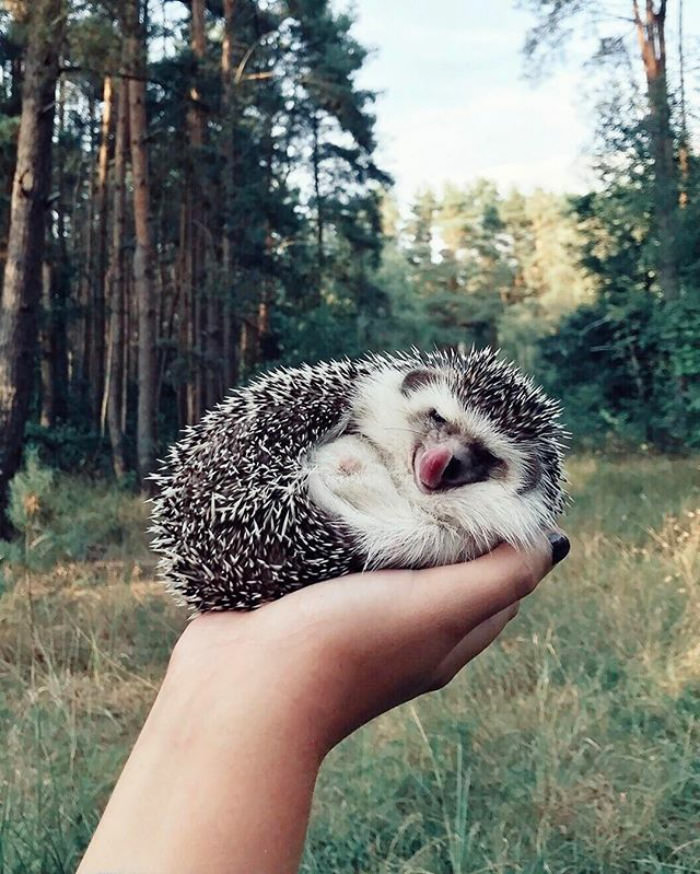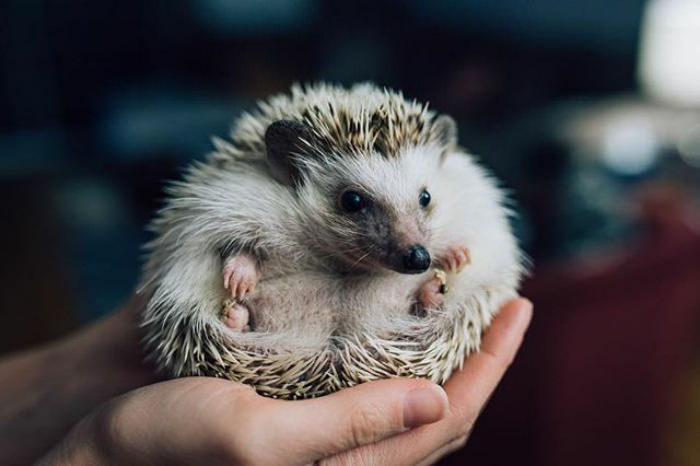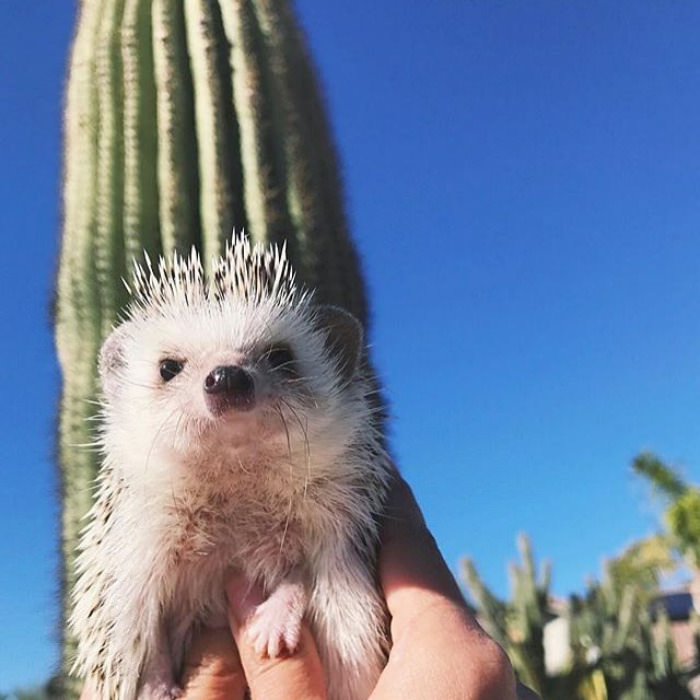The interesting oddities and adorable traits of hedgehogs have captured the hearts of millions of people. ‘Hedge’ stands for the hedges, shrubs, and bushes where they build their nests. They can be white or light brown to black, with several shades found in bands along their quills. The hog part comes from their snorting/grunting, similar to that of a pig or warthog. Hedgehogs weren’t always called hedgehogs. They were initially called Urchins, leading to their naming Sea Urchins. Even today, some still refer to baby hedgies as urchins, although hoglet has gained popularity as a nickname for baby hedgies.
Coarse hair covers their belly, face, and neck. Hedgehogs sometimes cover their eyes with a dark brown or black mask. Despite having a small body, these fascinating creatures have powerful legs and large feet with five toes each. Hedgehogs are excellent diggers because of their curved claws. A hedgehog’s spiky outer armor provides the best defense against predators. Hedgehogs have about 3,000 to 5,000 quills covering their backs to protect them from predators. The hedgehog makes its body pointy and sharp by crisscrossing its quills when threatened. To protect its soft belly, it tucks in its head, legs, and tail with its belly muscles, back muscles, and extra skin. Predators find it challenging to open the solid ball of spikes. Hedgies communicate by sound. Depending on the purpose of their communication, they make different sounds. When foraging for food, their noises will be grunt-like. Hedgehogs have long snouts that help them hunt. As a result, they can forage for their staple diet of insects, worms, caterpillars, and berries more easily. Due to their poor eyesight, they hunt primarily by hearing and smell, although they can see quite well in the dark.
Hedgehogs are typically solitary, pairing up only for mating. During mating, they make loud snuffling noises. A male circle a female for hours to entice her to mate. After that, they will separate, and the male will not be involved in the family’s raising. They usually give birth in June and July. The young are born in litters ranging from one to eleven. However, only two or three usually survive. Before heading out alone, they spend only four to seven weeks with their mothers. Male hedgehogs, which sometimes prey on their young, are among the predators’ female hedgehogs have to worry about during this period. Hedgehog mothers tend to abandon or eat their hoglets if disturbed.
In some cases, hedgehog mothers move their young to a new nest if the nest is disturbed. Hedgehog babies are born blind and with soft spines after 32 days. It is rare for a late litter born in September to survive their first winter. Their mothers suckle them until they can hunt on their own. The mother will take the young out on their first foraging expedition after about four weeks, and then the family will separate after ten days.
Hedgehogs have a long snout to help them hunt. It is even ahead of their mouths as it makes it easier to forage for their staple diet of insects, worms, caterpillars, and berries. They hunt primarily using their hearing and smell because their eyesight is not very good, although they can see quite well in the dark.
Here are some adorable photos of Hedgehog and hoglets that will make your day.



